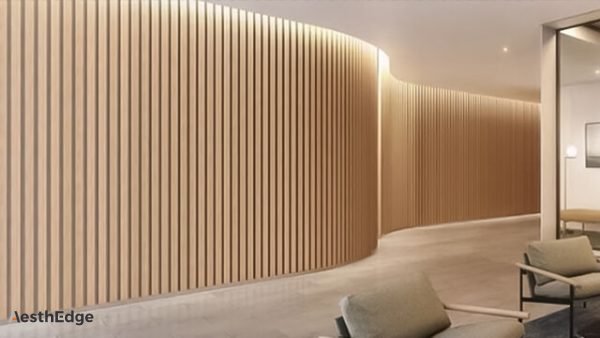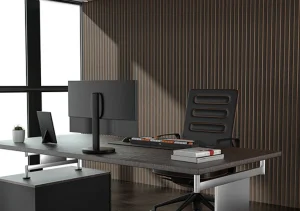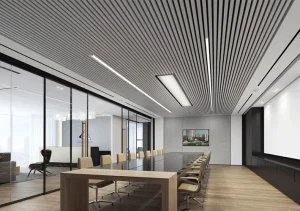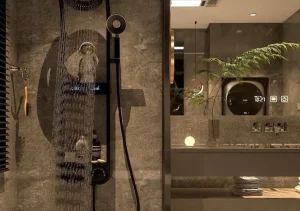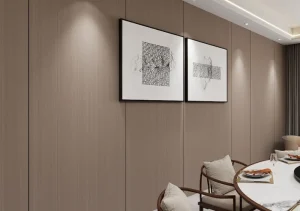Table of Contents
ToggleIntroduction
With the continuous pursuit of improved living standards, whole-house customization has become a mainstream choice in home decoration. Compared with traditional finished furniture, whole-house customization offers significant advantages in space utilization, aesthetics, and personalization. However, due to its involvement in various complex processes such as design, prototyping, material selection, production, logistics, and installation, it is also prone to material waste and rising costs. This has become a key bottleneck for many enterprises in improving profitability.
This article analyzes the causes of material waste in every step of the whole-house customization process and proposes systematic strategies for cost control. The goal is to help industry practitioners reduce waste, improve efficiency, and enhance competitiveness.
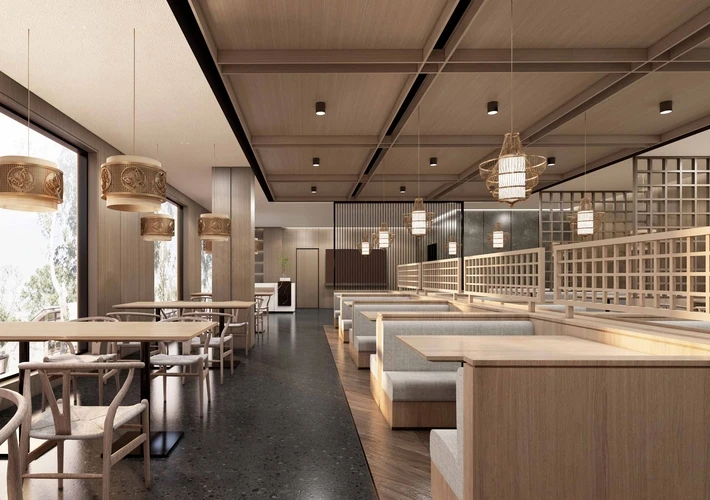
I. Common Sources of Material Waste in Whole-House Customization
Waste in the Design Phase
- Unreasonable structural design: Complicated structures and inconsistent module dimensions make it difficult to optimize cutting plans, resulting in a large number of offcuts.
- Inefficient joint design: Ignoring standard panel specifications and designing with a high proportion of non-standard sizes leads to excessive cutting waste.
- Redundant or fragmented designs: Using different designs across various rooms or furniture without a modular approach leads to repeated design efforts and material inefficiencies.
Poor Material Selection
- Sheet dimensions do not match the customized component sizes.
- Grain direction of panels is not considered, leading to extra flipping and cutting.
- Excessive variety of panels causes storage and management difficulties, leading to potential expiration or damage.
Waste During Production
- Low cutting precision due to outdated or inaccurate equipment.
- Inefficient use of cutting optimization software.
- Operator errors such as incorrect cuts or repeated cuts due to inexperience.
- Improper drilling or slotting operations.
Installation-Related Waste
- Material damage during transportation.
- Mismatch in onsite measurements leads to rework and material waste.
- Lack of installer training leads to inaccurate cuts and onsite errors.
Inadequate Management
- Lack of a material traceability system.
- Poor cost accounting and tracking.
- Weak onsite supervision and lack of detailed workflow management.
II. Key Strategies to Reduce Material Waste and Lower Costs
Optimize Front-End Design: Standardization + Modularization
(1) Promote Standard Module Design
- Standardize common components such as cabinets, drawers, and doors into fixed-size modules.
- Module sizes should align with standard panel dimensions (e.g., 1220×2440mm) to minimize waste.
- Unify hardware specifications to reduce procurement and inventory complexity.
(2) Implement Parametric Design Systems
Use parametric design tools such as CAD-based or 3D modeling software (e.g., Kujiale, 3vjia), allowing designers to quickly generate standardized models based on input parameters, reducing manual design errors and improving production alignment.
(3) Deepen Technical Drawings and Structural Optimization
All design drawings should be reviewed by the engineering department for structural optimization, ensuring accurate production drawings and minimizing the need for modifications on-site.
Smart Material Selection and Improved Utilization Rates
(1) Select High-Yield Panels
- Choose panel sizes that best match frequently used module dimensions.
- Compare brands and opt for materials with the best balance of usability and stability.
(2) Limit Variety of Materials
- Streamline the selection of panel colors and textures to reduce stock and simplify inventory management.
- Implement a first-in, first-out (FIFO) inventory policy to avoid degradation over time.
(3) Use Optimized Cutting Software
- Employ software like CutMaster, OptiNest, or similar to generate intelligent cutting plans.
- Visualize cutting paths and maximize sheet utilization while reducing offcuts.
- Enable preview and adjustment features for workers to follow precisely.
Improve Accuracy and Efficiency in the Production Process
(1) Upgrade to Intelligent Equipment
- Introduce CNC cutting machines, automated edge banders, and intelligent boring machines.
- Improve processing accuracy and reduce repeat cuts.
(2) Train Skilled Operators
- Organize regular training for frontline workers on key processes such as cutting, edge banding, and drilling.
- Implement quality control and inspection to catch errors early and reduce rework.
(3) Establish Feedback Mechanisms
- Create feedback loops between production and design departments to track material usage and adjust designs or processes accordingly for continuous improvement.
Strengthen Control During Installation and Delivery
(1) Standardize Installation Procedures
- Develop an “Installation Operation Manual” to unify workflow and tool usage.
- Conduct systematic training for onsite installers.
(2) Accurate Measurement and Review
- Perform second-round measurements before production to ensure consistency with drawings.
- Prevent rework due to dimensional discrepancies.
(3) Implement Robust Transport Protection
- Improve packaging to prevent material damage during transit.
- Use labeled packaging by area/room to improve delivery and installation efficiency.
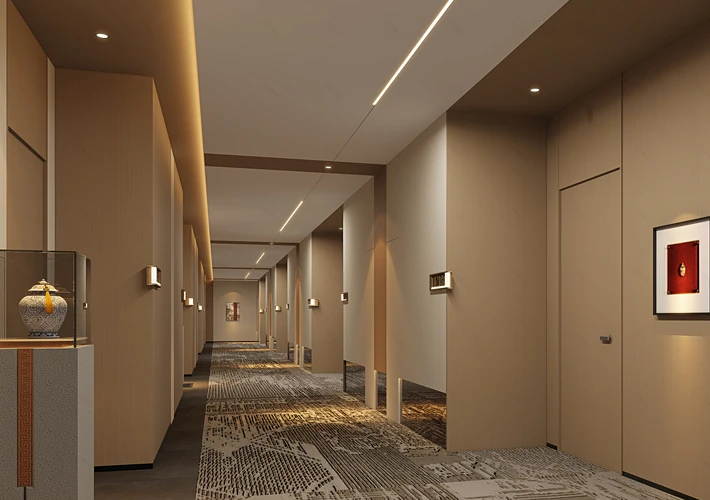
Implement Fine-Grained Management Systems
(1) Transparent Material Cost Accounting
- Establish a detailed cost accounting system from design to material ordering, cutting, and final delivery.
- Monitor costs per order and per material type to detect anomalies in real time.
(2) Offcut Recycling and Reuse
- Classify and store leftover materials from cutting.
- Use smaller leftover pieces for internal panels, drawer bases, or back panels.
- Configure cutting software to prioritize leftover pieces when suitable.
(3) KPI and Performance Assessment
- Include material utilization rate, rework rate, and error rate in employee performance assessments.
- Encourage employee engagement in cost-reduction initiatives through reward systems.
III. Digital Transformation to Improve Efficiency
Integrated ERP Systems
ERP systems integrate all departments including sales, design, materials, production, inventory, logistics, and after-sales. This provides strong coordination and data support to control costs at every stage.
MES Production Execution Systems
MES allows real-time tracking of each material from warehouse entry to production and assembly. This level of transparency supports lean manufacturing and waste reduction.
Business Intelligence (BI) Analytics
BI systems analyze data trends, predict material demand, and generate insights on usage efficiency, guiding procurement and production planning.
IV. Case Studies and Best Practices
Case Study 1: A Leading Custom Furniture Brand
Challenge: Due to poor coordination between design and production, the company experienced material waste over 20%.
Solution:
- Adopted parametric design software and standardized modules.
- Introduced intelligent nesting and cutting software.
- Implemented scrap reuse policy.
Result: Reduced material waste to below 8%, saving over 1 million RMB annually.

Case Study 2: A Small-Medium Workshop Leveraging Offcut Reuse
- Established a dedicated offcut storage area.
- Cataloged and labeled all reusable material by dimension.
- Integrated offcut utilization into cutting plans for internal panels.
- Achieved a 12% reduction in board material procurement costs.
Conclusion
In today’s increasingly competitive custom furniture market, controlling material waste and production costs has become essential for business sustainability. Only through a comprehensive approach—standardized design, smart material selection, precision manufacturing, and digital management—can enterprises deliver high-quality customized products while maintaining profitability.
Cost reduction does not mean sacrificing quality. Instead, it means maximizing resource efficiency through smarter strategies. In the future, the whole-house customization industry must embrace lean management, digital tools, and intelligent manufacturing to stand out and thrive.

